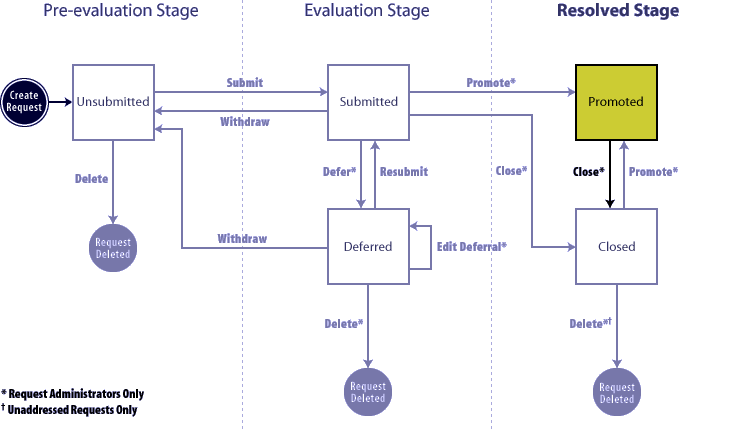Arena, NAV, Salesforce.com Integration Streamlines Design-to-Production Workflows, Product Life Cycle Management, and Order Fulfillment.
Business Challenges
Typical manufacturing companies often face challenges from siloed systems, disjointed process, policy conflict, redundant activities, and data quality problems. In some cases, offline Excel books and Access databases alike could be used for Item Masters. A million-dollar Opportunity and Quote in Salesforce.com could be in the form of general "product description" without using Item Masters. Procurement staff could spent hours to manually translate "Product Description" into "Material to Buy". What is missing is the key Business Value of Integration:
• Eliminates duplicated data entry in 2 systems by automating Item/BOM transfer from PLM to ERP; avoid costly and frustrating human data entry errors and improve user happiness
• Synchronizes Item revisions and BOM version changes
• Brings "three worlds" (Engineering, Logistics, Services) closer
• Increased transparency and accountability with data ownership
• Better collaboration among informed stakeholders
• Process Integration instead of pure Data Exchange enables consistent, cross-system processes
Analysis
Arena is system of record for product; engineering content / processes; BOM states.
NAV is system of record for logistics / operations / financials; operational aspects of the physical product.
Salesforce.com is system of record for customers.
Arena-NAV Integration is for the goal of realizing integrity and efficiency in downstream business processes in ERP, SCM and CRM applications; linking together the critical upstream and downstream processes and data between classically disparate user groups working in different enterprise systems.
NAV-SFDC Integration is to streamline the process of Opportunity Management, Pricing, Quoting, and Order Fulfillment.
SolutionS
How does PLM-ERP-CRM Integration address challenges and opportunities?
Where Solution Meets Requirements:
• Integration facilitates “Price Book” (Item) and “Account / Contact” (Customer) data synchronization and hosts strategic cross-platform processes for Order Management. No more manual translation needed to tell what is being sold.
• Integration would push SFDC Opportunities to ERP Sales Orders and utilize ERP's built-in Materials Requirements Planning features to handle Procurement and Inventory Management. No more manual explosion for assembly bundle.
• Integration would provide a complete picture of a customer to sales in a single interface for historical order data and invoicing history. No more disconnect between SFDC Opportunity and ERP Invoicing.
• Integration would reduce siloed systems, disjointed process, policy conflict, redundant activities, and data quality problems. No more offline Excel books and Access databases alike for Item Masters.




